Battle of the Brands
Oftentimes, an organization’s brand grates against the brand for its own fundraising campaign.
This clash typically results from a lack of alignment between communications and development, and the common results include:
A campaign web presence that’s too hidden for people to be able to find it
Campaign talking points that don’t harmonize with broader organizational communications
Daily turf battles about who has access to which communications vehicles, or who “owns” the voice of the organization
There are very real consequences for this lack of alignment, and donors frequently:
Don’t understand the purpose or outcomes of a campaign
See it as somehow disconnected from an organization’s core activities
Have difficulty finding clear information about the campaign or how to provide monetary or other support.
No one benefits when fundraising efforts falter or fail. If you want to avoid or minimize this clash of brands, we recommend the following:
Align on the Big Picture
Convene a gathering for development and communications team members, and have them share and reach consensus communications to discuss the big-picture ideas that connect the campaign to your organization’s vision.
This means answering questions like “What is the problem you are looking to solve?” and identifying the outcomes of your org’s work.
These core subjects provide the common ground that development and communications share, and this exercise will likely encourage positive cross-team dialogue and foster a sense of shared purpose.
Set Expectations
Before a campaign even starts, development and communications leaders should meet to find common ground on:
What kind of coverage the campaign will receive in vehicles with broad reach (magazines, newsletters, social media, etc.)—and how often
Any special communications to launch or close the campaign, like a film, themed alumni magazine, or event
How the campaign information will be integrated into the web presence
Drill Down
Now comes the hard part. Align on how to discuss core campaign priorities in ways that harmonize with broader communications. Then iterate these for different audiences (alumni, major donors, grateful patients, etc.) and share them with your colleagues in marketing and communications.
This is how you model what philanthropic communications look like to those who see it as pernicious or lacking alignment with the organization’s values or brand, and it's how you make sure that your messaging isn’t weakened or silenced. If your partners have a clear idea of how fundraisers will communicate with donors, it’s far more likely that you’ll build long-term trust and set the stage for more development communications wins in the future.
